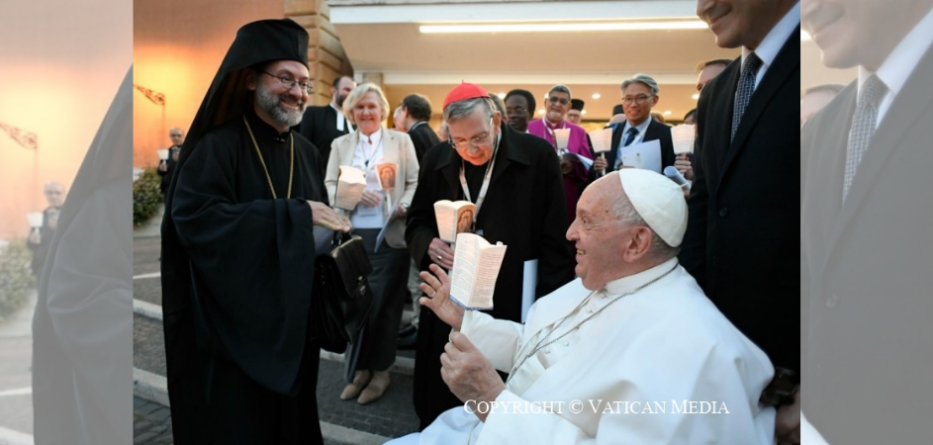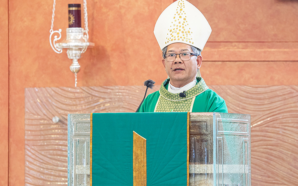On Jan. 25, closing out the Week of Prayer for Christian Unity, Pope Francis said that the Catholic Church was open to accepting a common date for Easter “that everyone wants.”
“Everyone” in this case refers to the other Christian churches. It is a call that, while it may seem groundbreaking, actually goes back to the Second Vatican Council.
In an appendix to Vatican II’s 1963 Constitution on the Sacred Liturgy, “Sacrosanctum Concilium,” Pope Paul VI wrote, “the Sacred Council would not object if the feast of Easter were assigned to a particular Sunday of the Gregorian Calendar, provided that those whom it may concern, especially the brethren who are not in communion with the Apostolic See, give their assent.” Essentially, this means that if the other Christian churches can agree on a common date for Easter, the Council would agree to that date—even if it meant changing how the Roman Catholic Church calculated the date of Easter.
Why do we celebrate Easter on different dates?
Since the Council of Nicea in 325, Easter has been celebrated in both the Eastern and Western churches on the Sunday after the “Paschal full moon,” which is essentially the first full moon after the spring equinox—though this is based on historical approximations of when the full moon is, as well as when the equinox falls.
The difference between the dates came about with Pope Gregory XIII’s reform of the calendar, which created the Gregorian calendar that most of the world uses today. Gregory had changed the calendar because the previous calendar—the Julian calendar, established by Julius Caesar—was increasingly out of sync with the movement of the sun, meaning its approximate date for the spring equinox was drifting further and further from the actual equinox.
To continue reading this article, click here.
Colleen Dulle is an associate editor at America and co-hosts the “Inside the Vatican” podcast.
With thanks to America and Colleen Dulle, where this article originally appeared.








